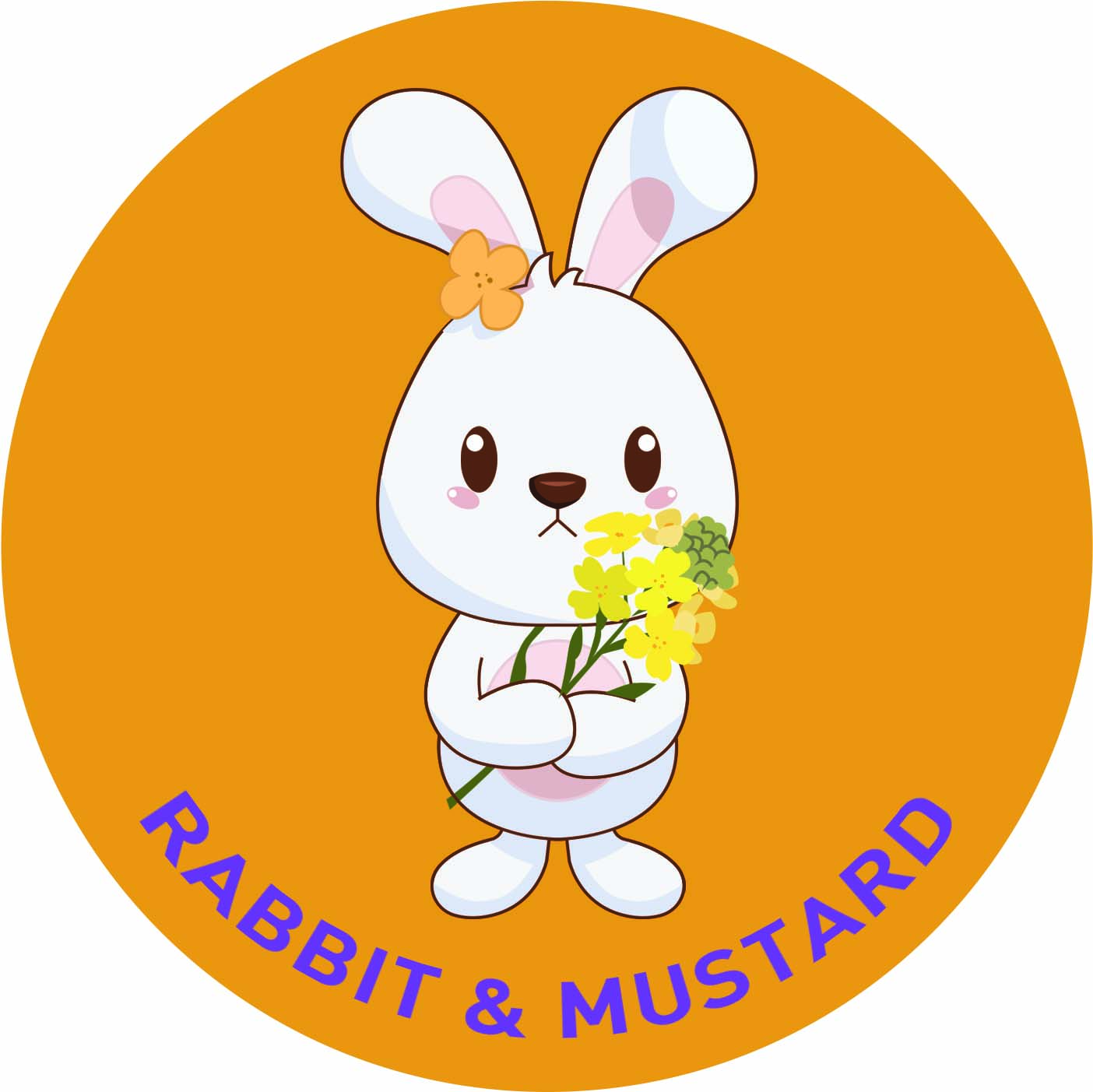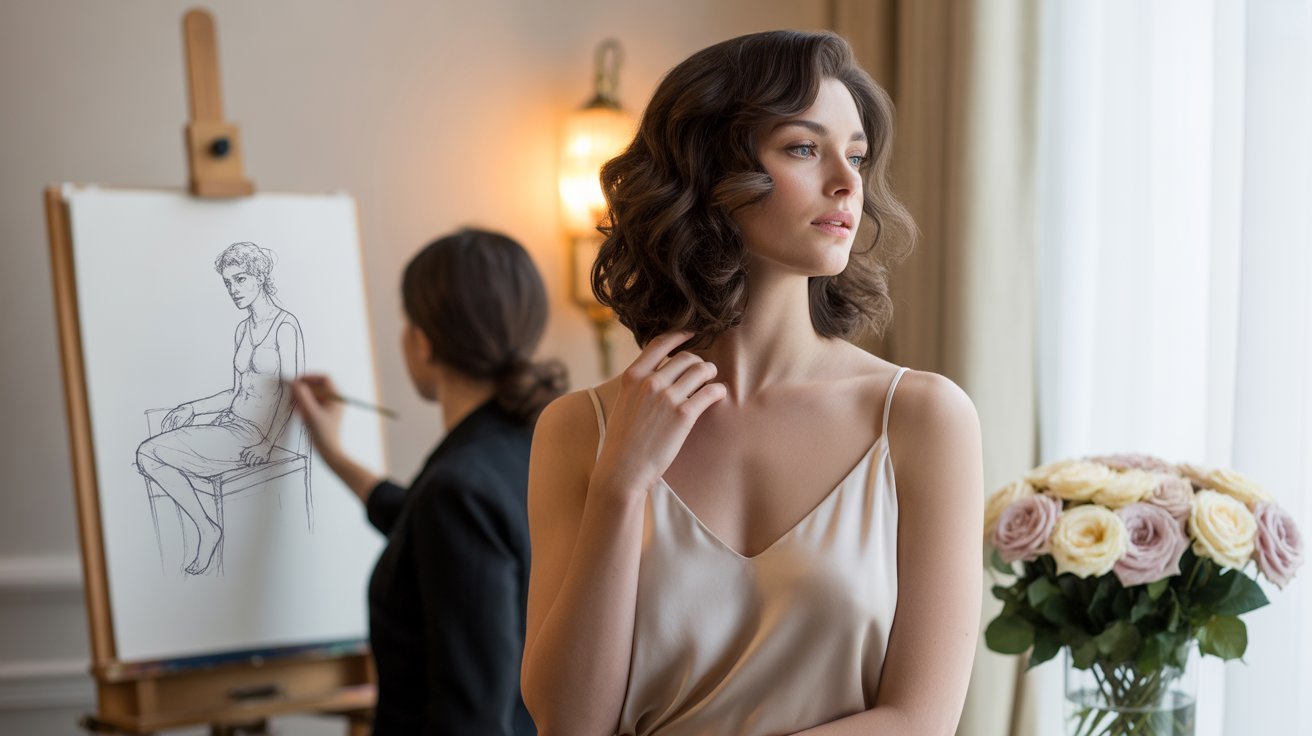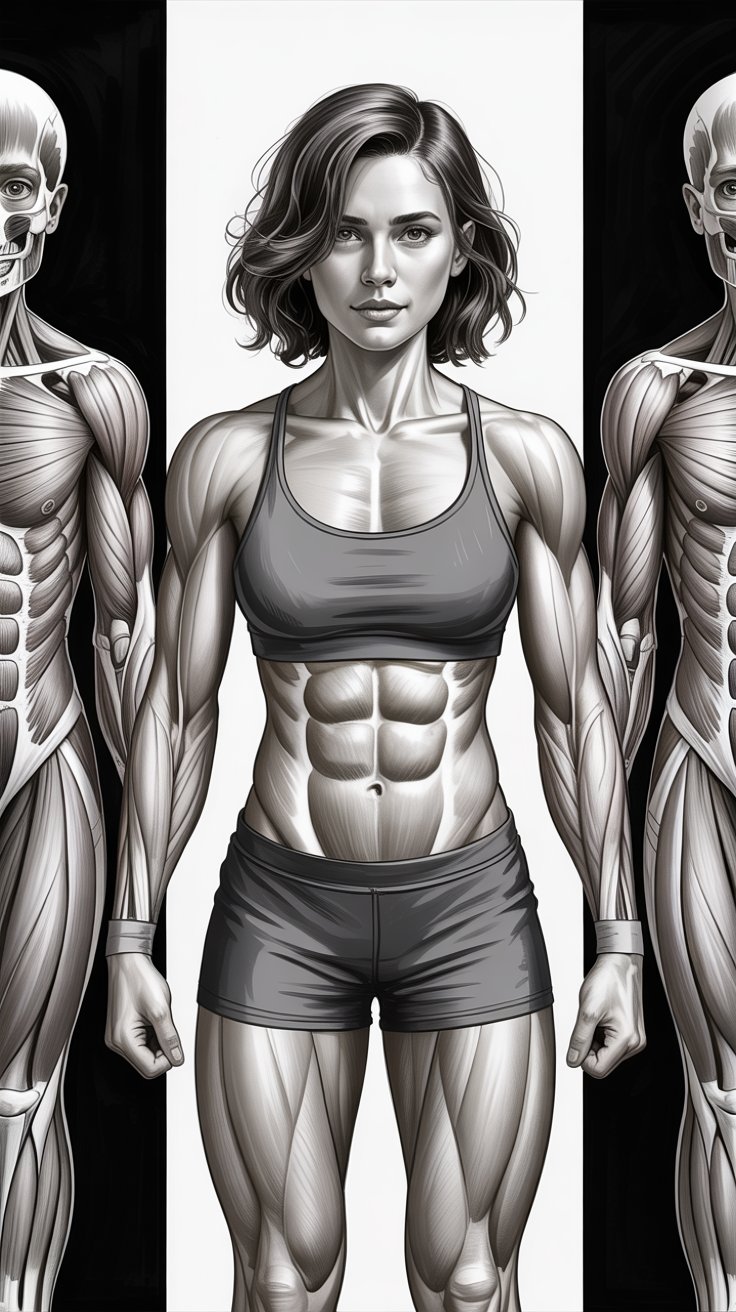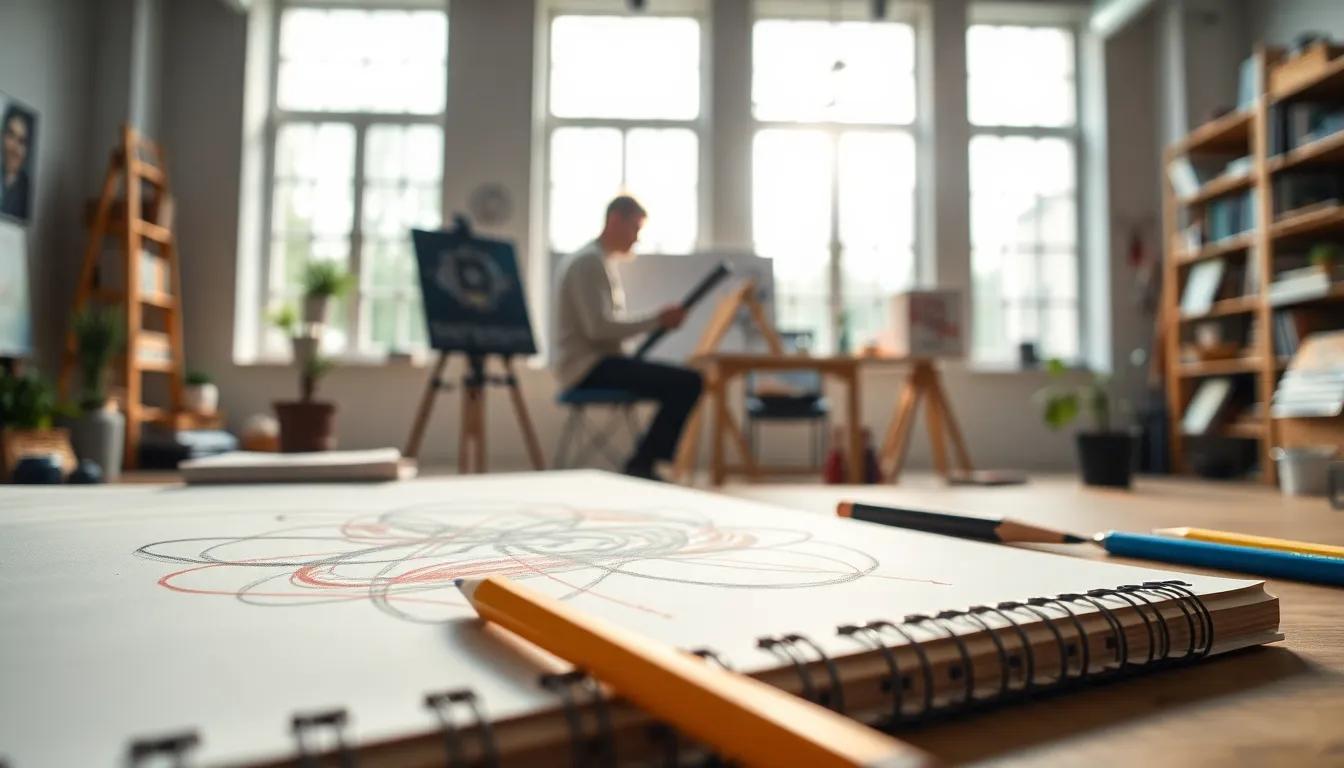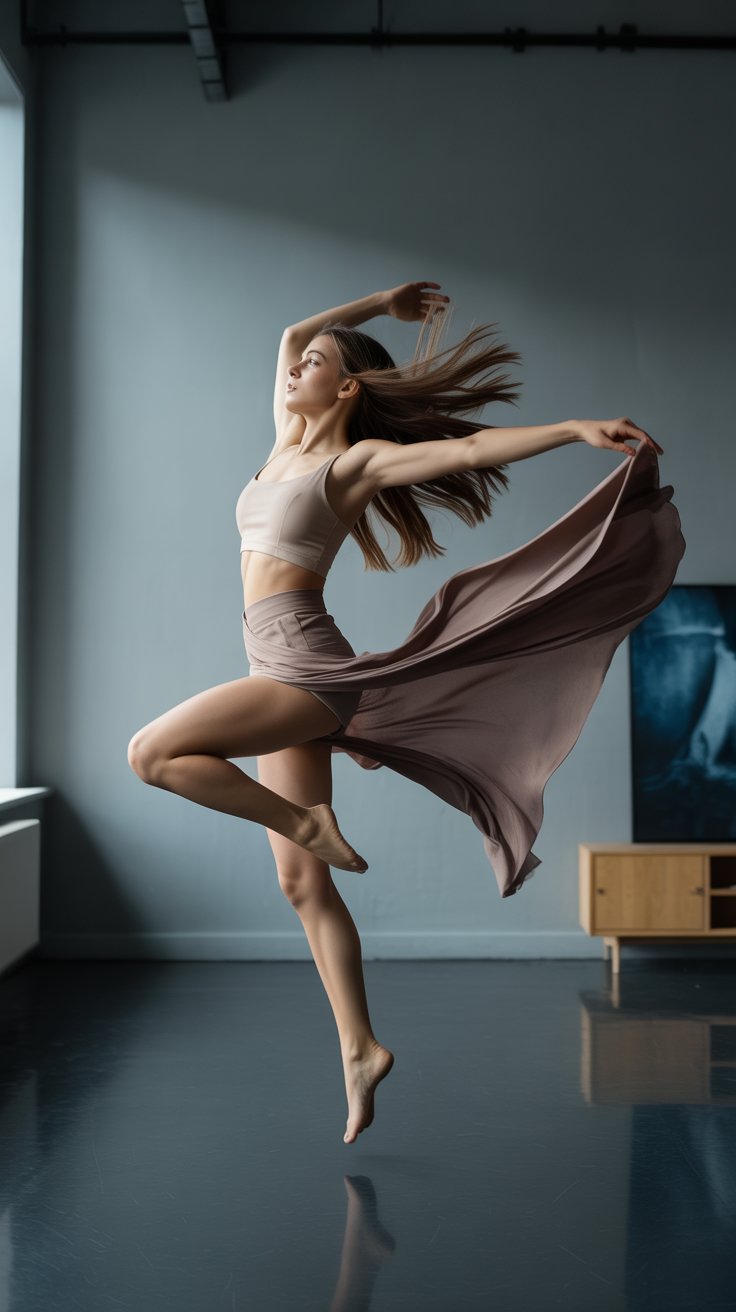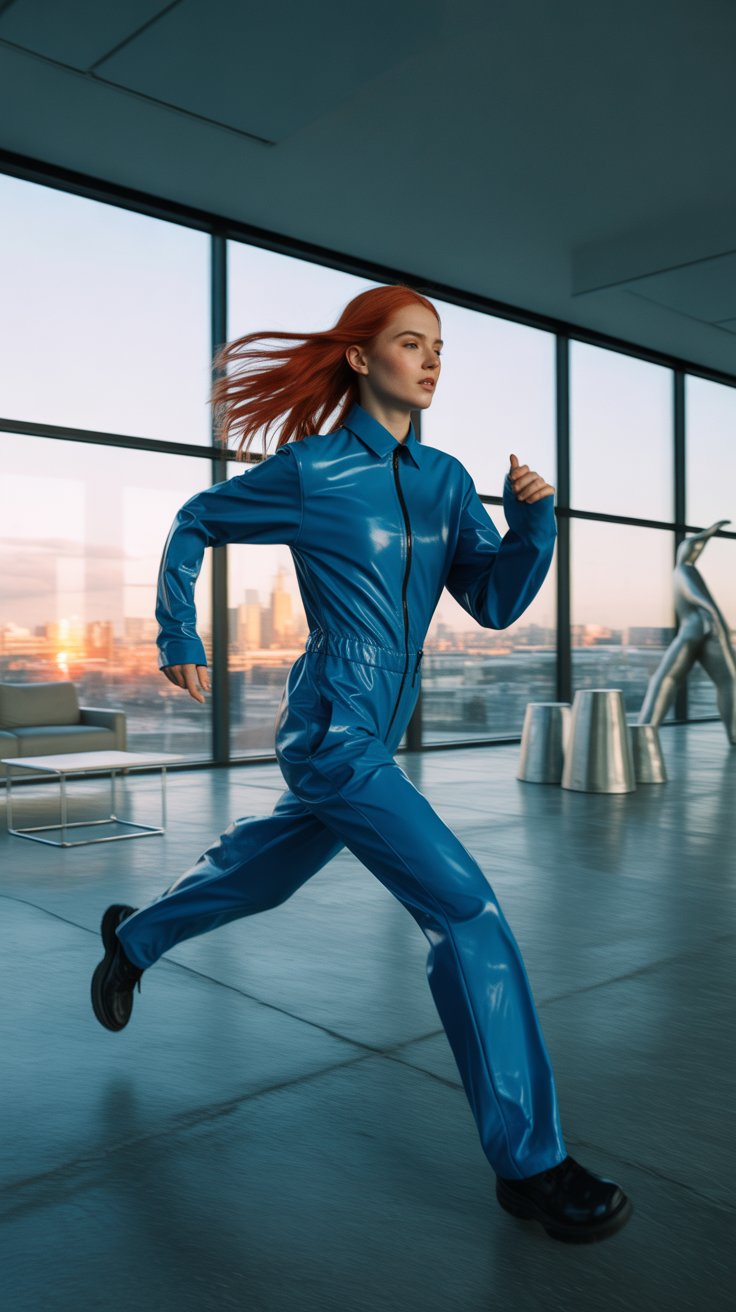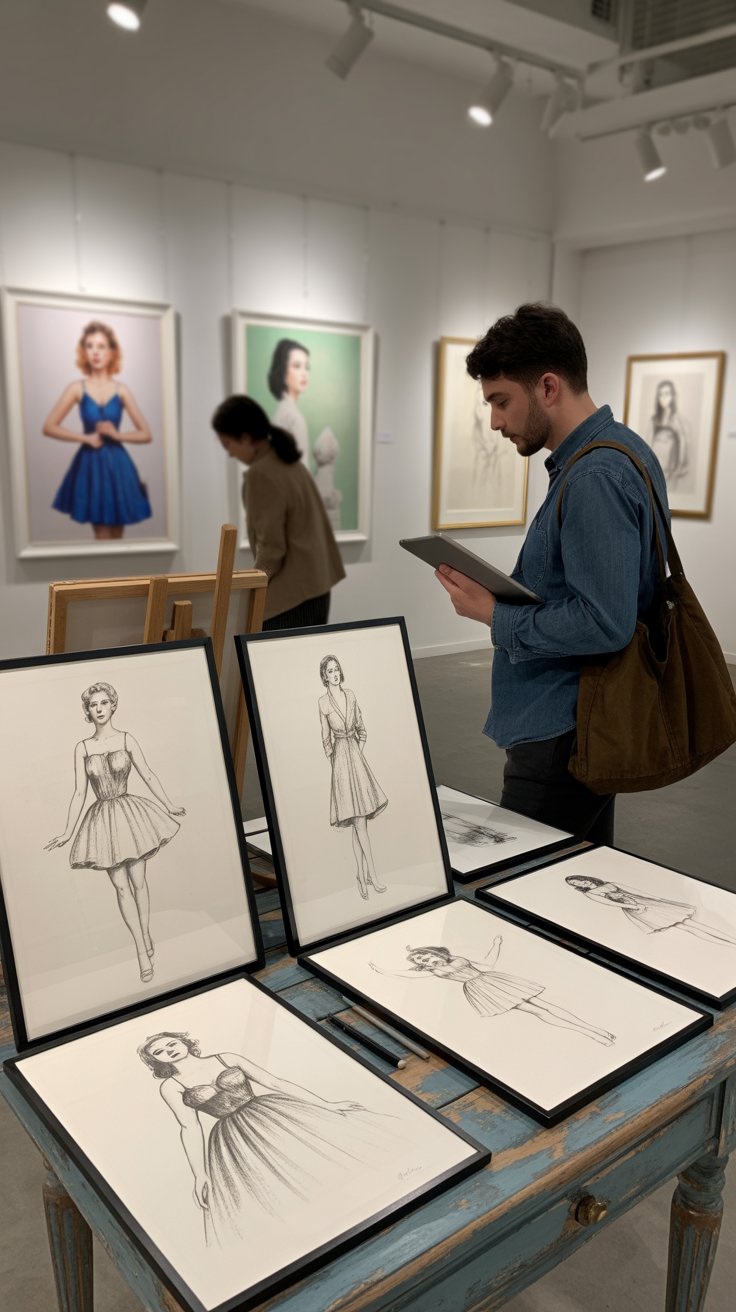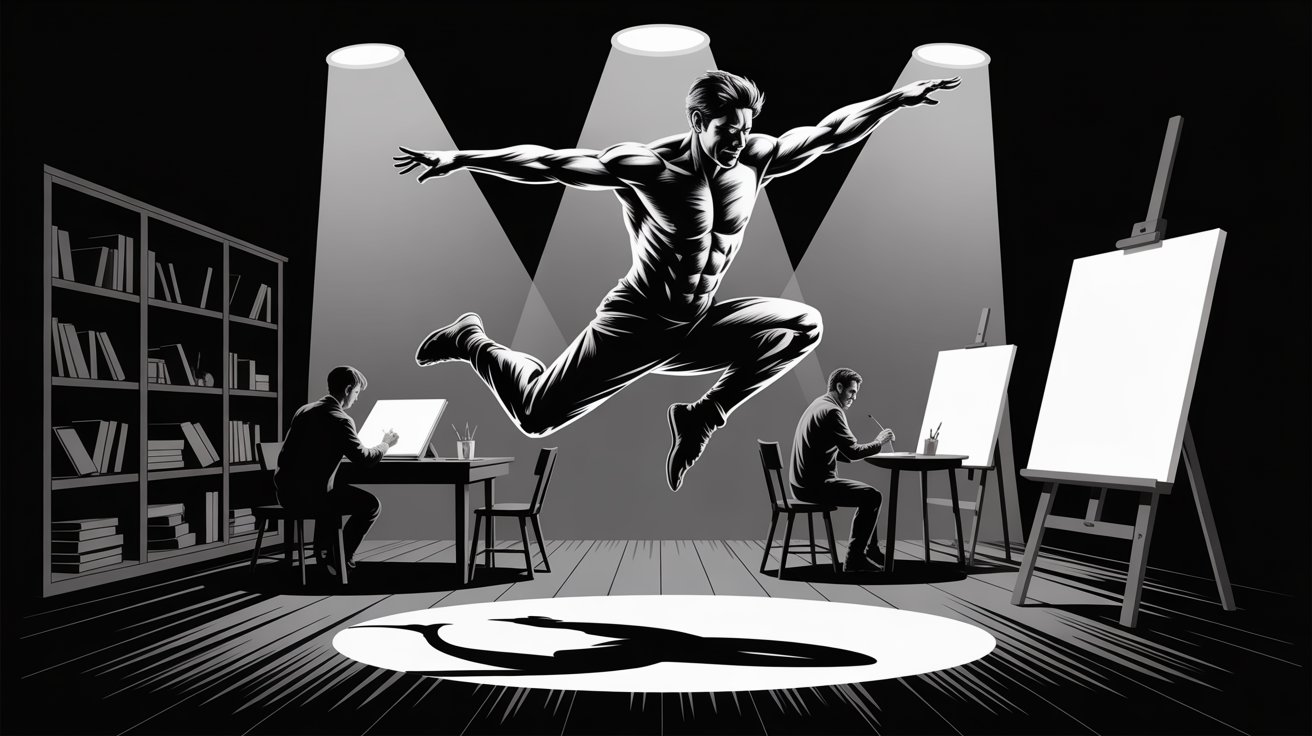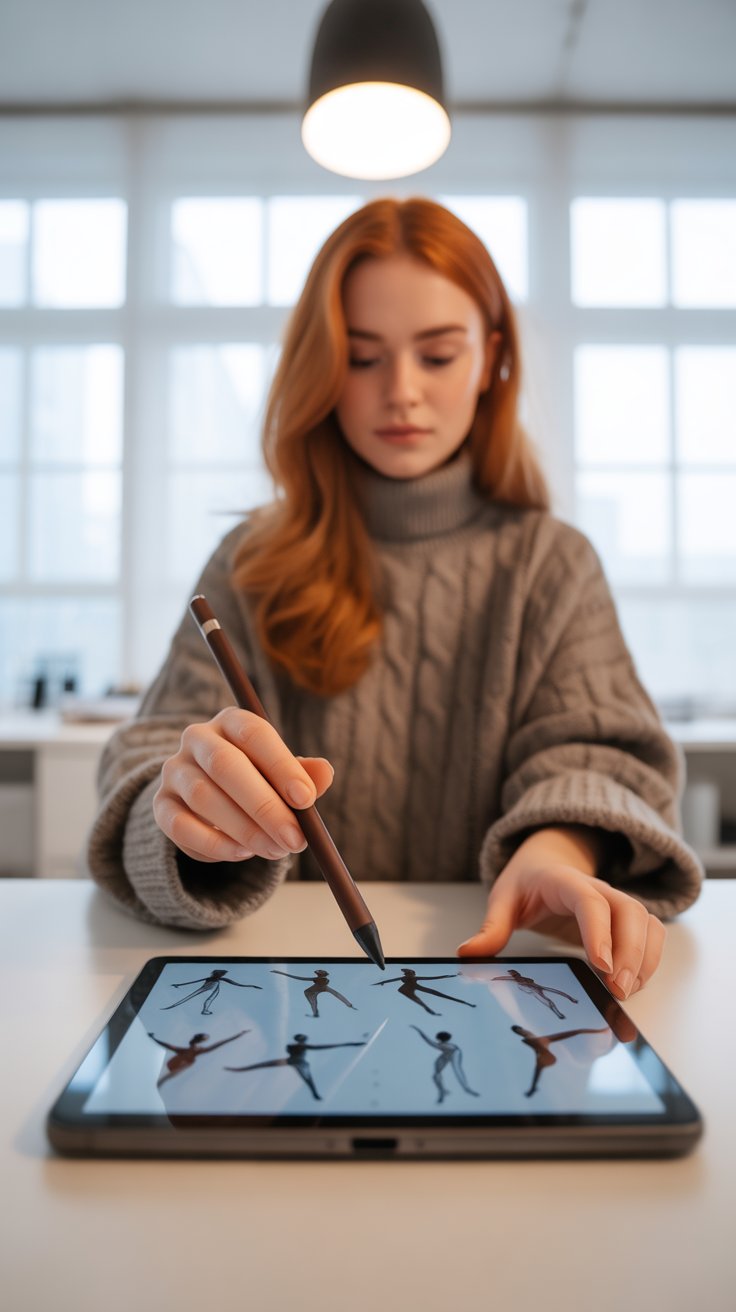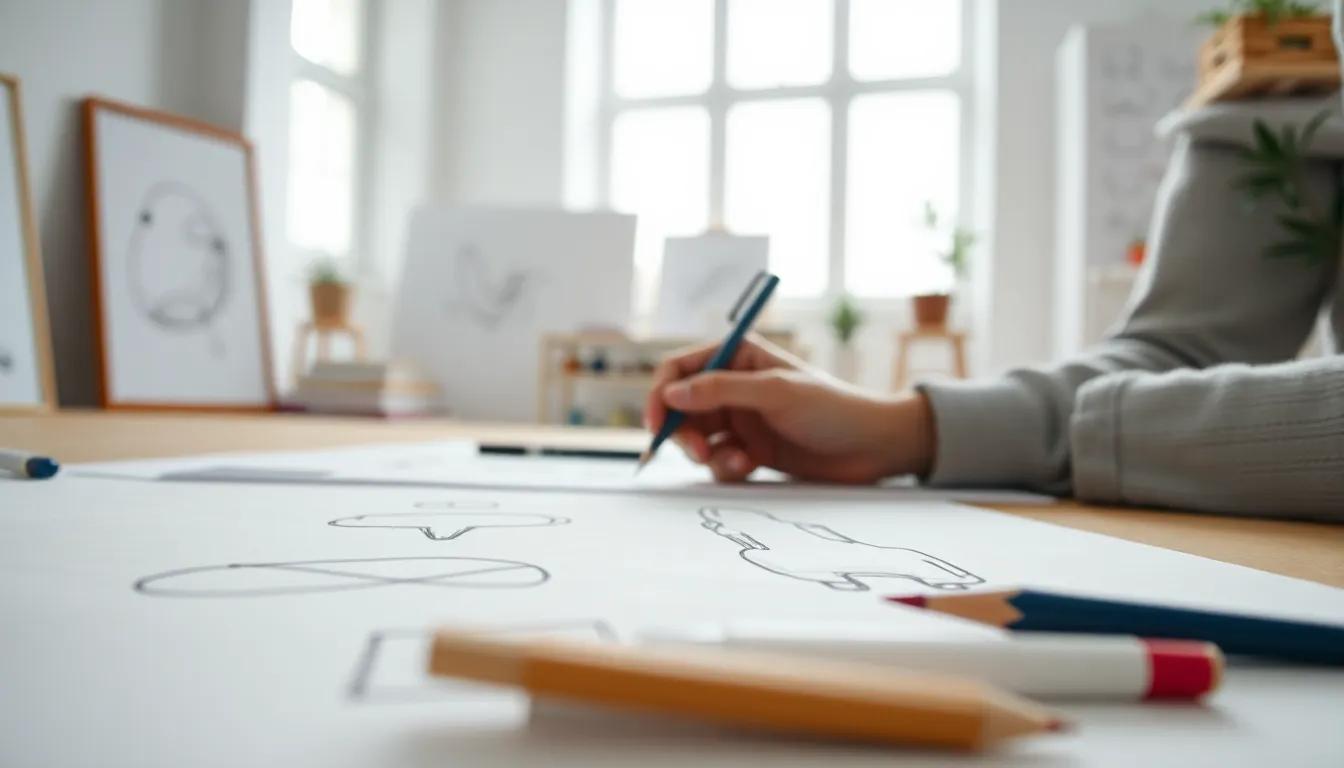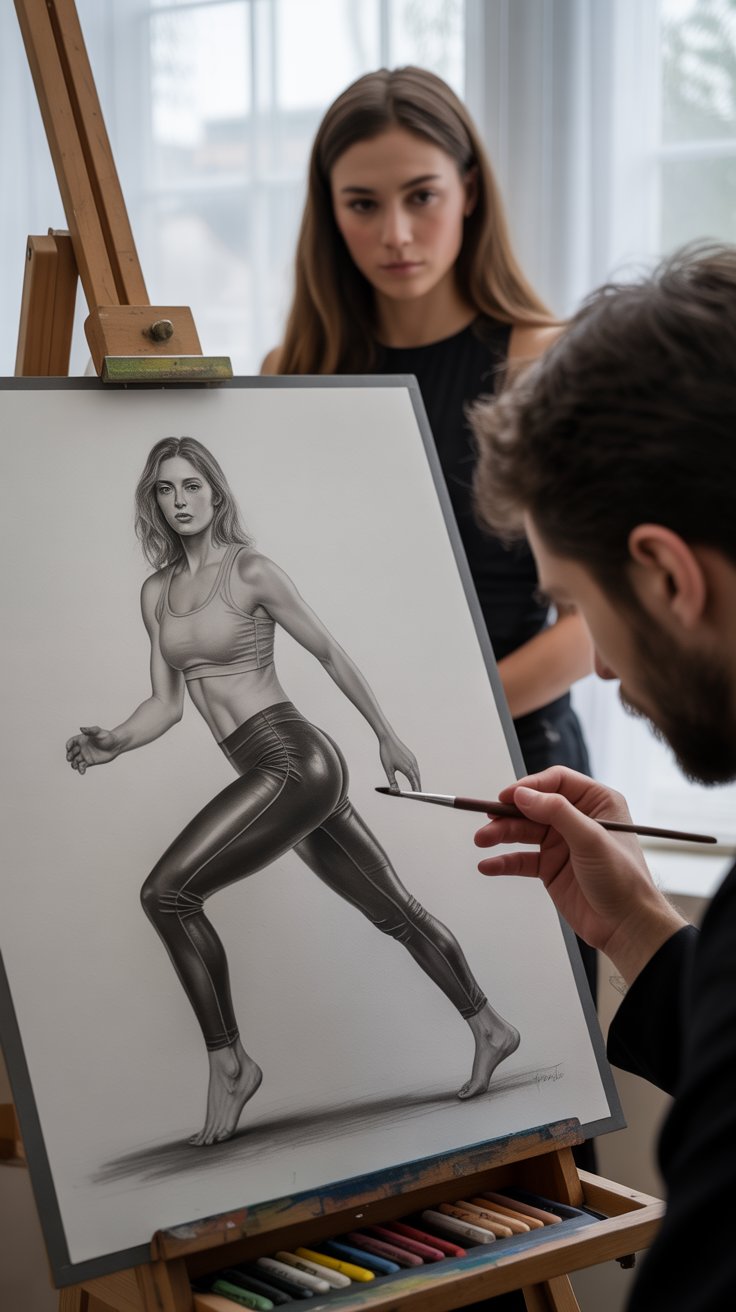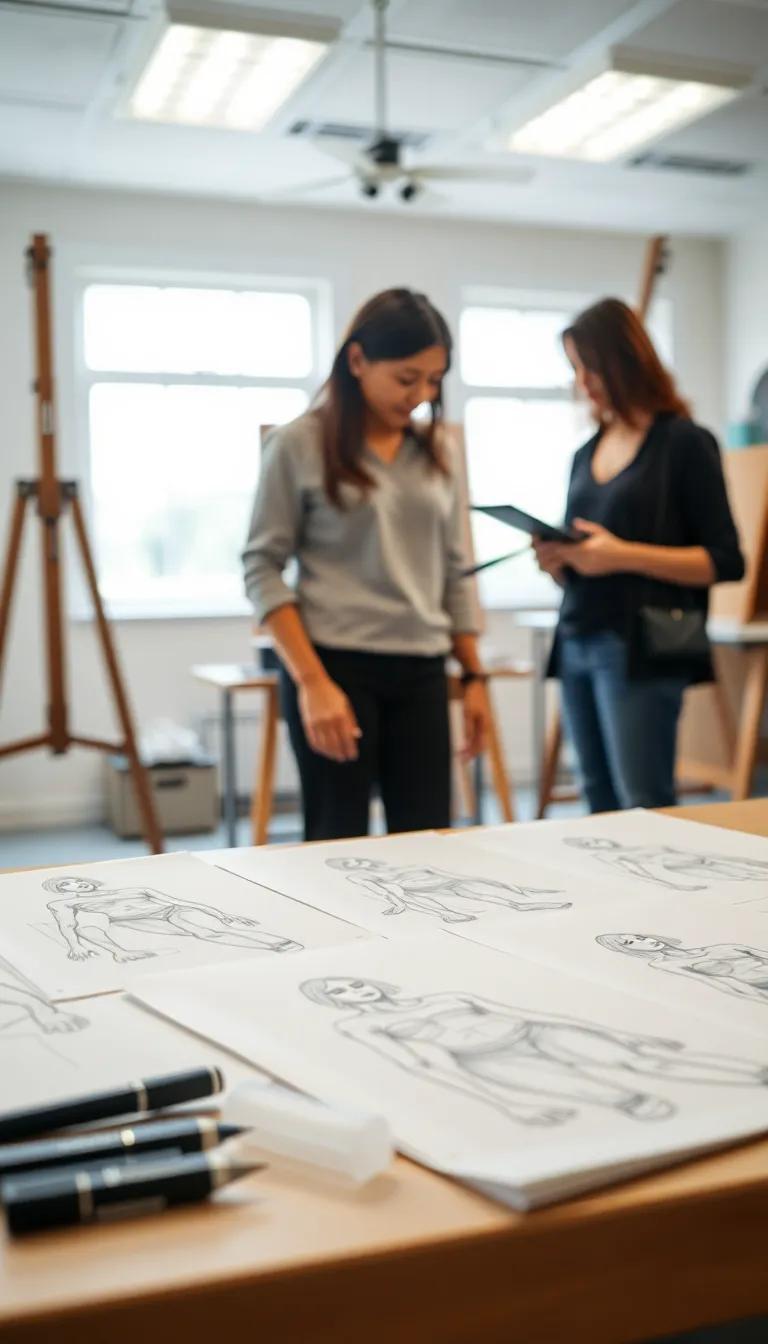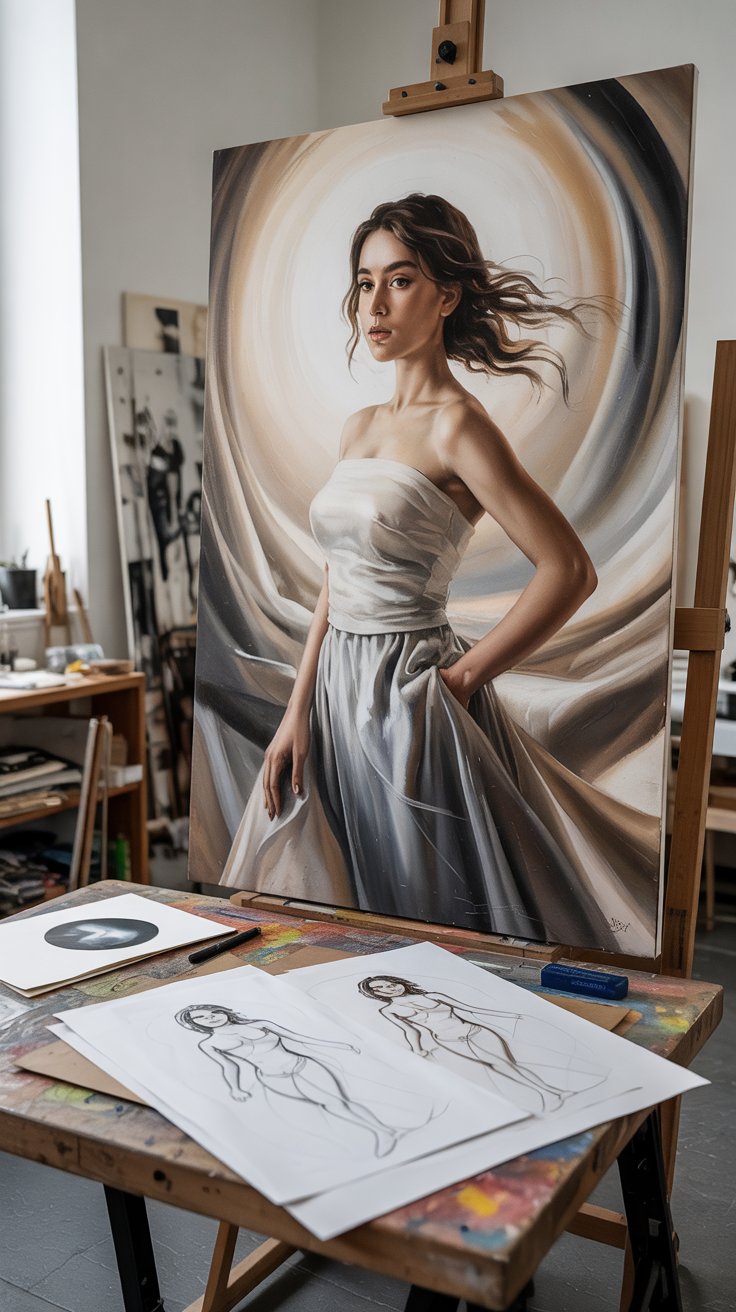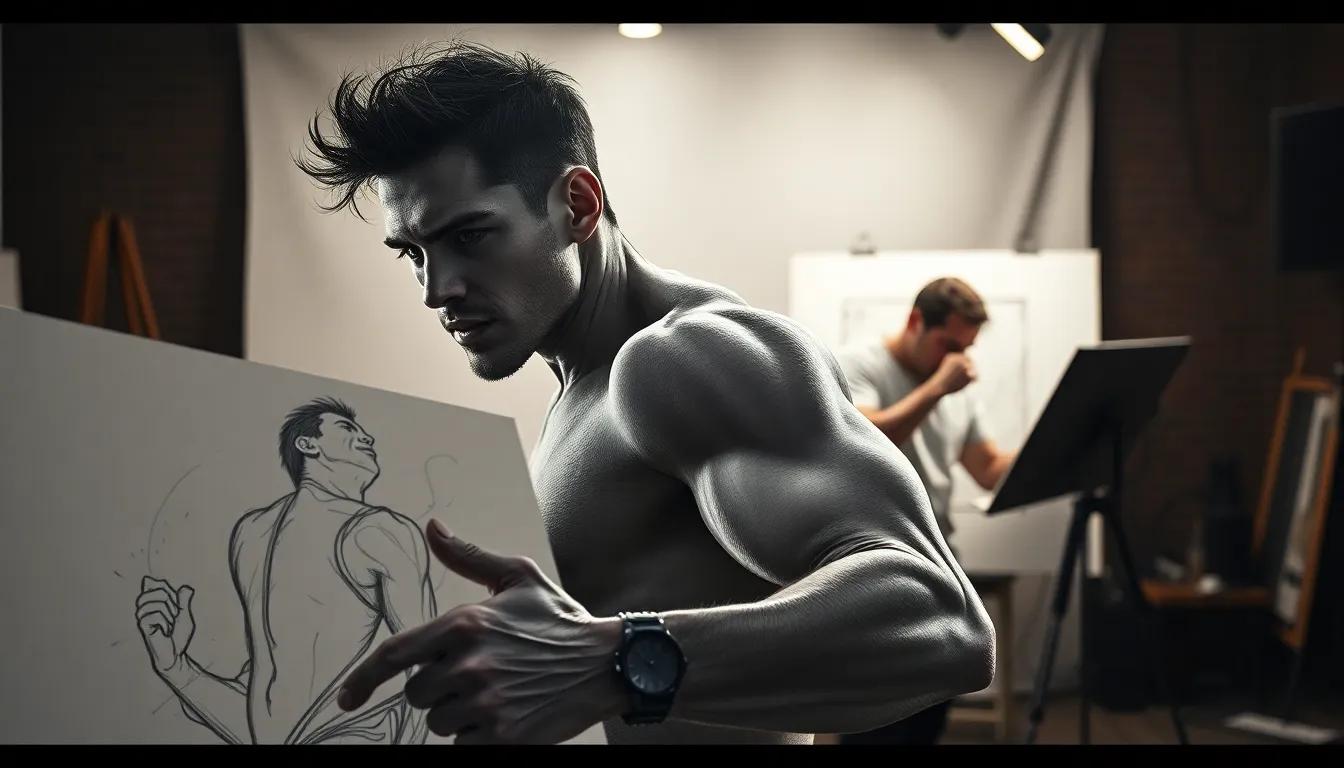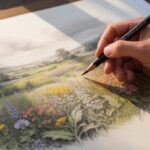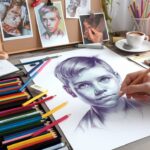Introduction
Artistic expression often requires a deep understanding of the human form, with a particular focus on capturing the elegance and grace of female poses. The exploration of female pose reference is essential for artists and designers seeking to create compelling and realistic representations in their work. From classical art to contemporary design, the depiction of the female figure plays a crucial role in conveying emotion, movement, and narrative. This article delves into various aspects of female pose references, providing artists with invaluable tools to enhance their creative endeavors.
This exploration is not only beneficial for traditional mediums such as painting and sculpture but also extends to digital art and design. Understanding the subtleties of female poses can transform an artwork from mere visual representation to an expressive piece that resonates with viewers. By studying a range of poses, body language, and the principles of design, artists can unlock new dimensions in their artistic practice, ensuring their creations are both captivating and authentic. Join us as we uncover the intricacies of elegant female pose references and their impact on art and design.
Understanding the Basics of Female Poses
Capturing the elegance of female poses in art requires a thorough understanding of anatomical structures and foundational techniques. Each pose conveys a unique mood and emotion, reflecting the subject’s character and the story being conveyed. Therefore, it’s fundamental to grasp the skeletal and muscular systems that dictate movement and posture. The human body, particularly the female form, possesses distinctive curves and angles that can be emphasized through thoughtful posing.
In art and design, the basic structure of female poses can be enhanced by appreciating the differences in body proportions. Female figures often have wider hips in relation to their shoulders, a smaller waist, and a pronounced bust, creating an hourglass silhouette that can amplify elegance when depicted correctly. Observing these measures helps artists create authentic shapes and figures that resonate with the viewer. It’s important to utilize techniques such as gesture drawing, which focuses on quick sketches that capture the essence of movement rather than intricate details. This method cultivates an artist’s awareness of the fluidity and dynamism in posed figures.
Understanding body mechanics is also crucial when envisaging different poses. For example, when a model shifts weight from one leg to another, it creates a natural arc in the body that enhances elegance. An artist can illustrate this by depicting a soft bend in the knee, with the supporting leg slightly straighter, offering an appealing line that guides the viewer’s eye along the curvature of the body. Similarly, emphasizing the positions of the arms and hands can enhance the graceful quality of a pose. A simple raised arm can suggest movement as well as purpose, drawing attention to the figure’s line of action.
Achieving a sense of depth and dimension in poses can be accomplished through foreshortening. This technique allows for parts of the body to appear closer or more distant depending on their perspective, adding complexity to the figure. By studying how the body overlaps itself in space, artists can create dynamic and captivating compositions that breathe life into their artwork. Understanding the basic principles of female poses not only aids in technical execution but also encourages a personal style, fostering an artist’s unique interpretation of femininity and elegance.
The Role of Body Language in Expression
Enhancing Emotional Expression in Artistic Representations
Body language serves as the silent communicator, conveying emotions and intentions that words often fail to express. In artistic representation, especially when depicting the female form, body language plays a pivotal role in giving depth to actions and feelings. When artists select pose references, understanding the nuances of body language can amplify the emotional narrative they wish to convey. A slight tilt of the head, the angle of the shoulders, or the flex of a wrist can evoke vulnerability, confidence, joy, or sorrow. Each pose becomes a powerful tool for storytelling, allowing the audience to resonate with the piece on a more personal level.
The psychological aspects of posture are equally important. Research indicates that specific body postures can influence not only how others perceive an individual, but also how that individual feels about themselves. A posture that reflects openness and assertiveness, such as a broad stance with arms open, can evoke feelings of strength and confidence. Conversely, closed postures may communicate uncertainty or sadness. When artists depict female figures, incorporating these psychological principles into their poses enriches the representation, creating a multi-layered emotional landscape.
Artistic Techniques for Capturing Emotional Nuance
To effectively utilize body language in female pose references, artists can apply several techniques to ensure their work radiates authenticity. Firstly, studying real-life interactions can provide invaluable insights. Observing how individuals express joy or despair through their bodies allows artists to capture these subtleties in their own representations. Using reference photos that showcase diverse body language allows for a more robust exploration of emotional expression. By documenting variations in posture, artists can compile a reference library that reflects a wide spectrum of feelings.
Experimenting with the composition and spatial dynamics of the artwork can also enhance the depiction of body language. Flows of movement, directional lines created by the body’s angles, and the surrounding environment all contribute to how the pose is perceived. For instance, a figure leaning forward into the frame might suggest eagerness or engagement, while one that leans back can imply hesitation or contemplation. Combining these elements helps to ensure that the emotional undercurrents within the pose resonate deeply with the viewers, transforming a static image into a vivid expression of the human experience.
Capturing Motion in Female Poses
Understanding the Dynamics of Motion
When depicting the female figure, capturing motion is a vital skill that enhances the liveliness and realism of artwork. The graceful flow of movement can convey emotions and narratives effectively, adding a dynamic quality to the static medium. Artists should consider how physical movement affects body contours, flow of clothing, and even the expressions on the subject’s face. Understanding the body’s anatomy and the mechanics of motion will lead to more authentic representations, making figures appear as if they are truly in motion.
One useful technique for portraying motion is to focus on the trajectory of the limbs. Artists can use guidelines and gesture lines to map out the path of movement, from a fluid arm swing to the gentle lift of a foot. This visual framework helps in maintaining proportion while creating dynamic poses. For instance, an outstretched arm or a bent knee can suggest acceleration, while a body leaning slightly forward can indicate forward motion. Studying real-life movement through video references or observing dancers can be incredibly helpful in recognizing how the body transitions between poses.
Techniques to Enhance Motion in Art
Incorporating specific techniques can significantly improve the portrayal of motion in female poses. Below are strategies artists can adopt:
- Utilizing Line of Action: Establishing a primary line of action can create a focal point that guides the viewer’s eye through the pose, emphasizing movement.
- Capturing Weight and Balance: Understand how weight shifts during movement. A figure in motion usually has a planted foot and a raised arm, balancing the body fluidly.
- Exaggerating Poses: Slightly exaggerating the curves or angles in a pose can enhance the impression of movement, making the figure appear more animated.
- Incorporating Motion Lines: Adding lines that trail or emphasize the direction of movement not only clarifies the pose but also invigorates the artwork.
By combining these techniques, artists can achieve a sense of fluidity and life in their depictions of female figures. Not only do these strategies allow for more engaging artwork, but they also contribute to a deeper emotional resonance, aligning with the underlying themes of expression explored in previous sections. Mastery over motion brings artworks to life, inviting viewers to feel the rhythm of the body in motion.
Exploring Different Styles in Female Pose
Artistic Styles and Their Interpretations
When examining female pose references, the variety of artistic styles provides a rich tapestry of possibilities for artists. Each style conveys a unique vision, creating a distinct narrative and emotional resonance. Realism, for instance, emphasizes lifelike accuracy, capturing the subtleties of human anatomy and movement. Artists focusing on realism often invest considerable effort in understanding human proportions, muscle structure, and the natural flow of poses. This dedication results in powerful artwork that can evoke empathy and connection with viewers.
In contrast, impressionism and expressionism favor emotional over realistic portrayal. Artists in these movements may employ bold strokes and vibrant colors to express feelings rather than adhere strictly to anatomical accuracy. Female figures in these styles often move fluidly across the canvas, embodying a range of sentiments from joy to sorrow. Here, the emphasis is on the essence of the pose rather than its physical precision, showcasing a more subjective experience of femininity.
Abstract Interpretations and Conceptualization
Abstraction offers another fascinating avenue for exploring female poses. In this style, the human form may be fragmented or simplified, relying heavily on shapes, colors, and other design elements to convey a concept rather than a direct representation. Artists can take liberties with proportions and perspectives, focusing instead on the mood evoked by the pose. Such interpretations challenge traditional views of femininity and allow artists to experiment with innovative compositions, inviting viewers to engage their imaginations.
Fashion illustration, on the other hand, combines elegance with stylization. In this genre, poses often emphasize the grace of the female figure, showcasing clothing and accessories. Artists might exaggerate certain proportions or use dynamic angles to create an aspirational aesthetic. This highlights how poses can be stylized to convey not only the physicality of the model but also the attitude and intent behind the fashion being represented.
Exploring various artistic styles provides invaluable insights into the representation of female figures. Whether through realism or abstraction, each approach challenges artists to consider how they interpret femininity and the stories they wish to tell through their work. As artists continue to evolve their techniques, the exploration of these diverse styles contributes to the rich language of visual storytelling, enhancing the dialogue around female pose references in art and design.
Utilizing Technology in Pose Reference
Embracing Digital Tools for Accurate Female Poses
The integration of technology in art and design has revolutionized how artists approach the creation of female poses. In particular, digital tools and resources such as 3D modeling software and pose reference apps have greatly increased the accessibility and accuracy of pose references. These innovations not only provide a wider range of poses but also cater to the diverse needs of artists, enabling them to capture elegance and realism in their work.
3D modeling software stands out as a significant aid in this pursuit. Programs like Blender and Daz 3D allow artists to manipulate digital models of female figures with remarkable precision. Users can adjust body proportions, angles, and lighting to achieve the desired effect. This flexibility is particularly valuable for artists striving to convey specific emotions or dynamic movements in their illustrations. Moreover, the ability to view a pose from multiple angles enhances understanding of anatomy and perspective, ensuring that the final artwork resonates with viewers.
Pose reference apps also serve as indispensable tools for both beginners and seasoned artists. Applications such as Posemaniacs and ArtPose provide a library of pre-set poses that can be easily modified. These resources often come with intuitive controls that allow users to alter aspects like limb positioning and torso rotation to match their artistic vision. With the inclusion of both realistic and stylized poses, artists can draw inspiration from existing poses or create entirely new ones that reflect individual interpretations of femininity and elegance.
Fashion, dance, and even athletic photography have unwittingly inspired a variety of female poses that can be replicated or adapted using digital tools. These resources also showcase the potential for combining traditional techniques with modern technology, encouraging a seamless integration that can produce stunning results. This fusion of practices enables artists to experiment boldly and expressively, setting the stage for innovative works that challenge conventional aesthetics.
Utilizing technology to gather pose references allows artists to transcend the limitations of traditional drawing from life. This digital approach fosters a more inclusive and comprehensive understanding of female figures, opening pathways for creativity that likely would have remained untapped. As artists continue to harness these tools, the representation of female poses will evolve, reflecting broader societal changes and artistic trends, thus enriching the field of art and design overall.
The Emotional Impact of Female Poses
Understanding Emotional Resonance in Art
The emotional impact of female poses in art and design cannot be understated. Each pose carries with it a distinct emotional weight that can deeply resonate with viewers. Artists have the power to manipulate body language and posture, instilling feelings of joy, sadness, confidence, or vulnerability in their audiences. For instance, a slight tilt of the head combined with an open stance can convey ease and warmth, inviting viewers into an intimate space. Conversely, a closed stance with crossed arms may evoke feelings of defensiveness or introspection. Mastering these nuances allows artists to craft narratives that go beyond mere visuals, turning each composition into a storytelling experience.
Utilizing Poses to Enhance Storytelling
Artists can effectively utilize poses to enhance their storytelling by carefully selecting stances that echo the emotions they wish to convey. The art of pose reference is not just about accurately depicting the human form; it’s about capturing a fleeting emotion in a static moment. For example, a woman with an outstretched arm can symbolize aspiration or a desire for connection, while a more stoic pose may reflect resilience or strength in the face of adversity. In narrative-driven art, such as illustrations or character design, these subtle indications can contribute significantly to character development, allowing viewers to feel a connection to the subject matter.
To evoke specific emotions intentionally, artists can experiment with various aspects of poses. This includes changes in posture, facial expression, and even the surrounding environment. A figure situated in an expansive landscape may project freedom and possibility, while one confined within small, constrained spaces could suggest restriction or despair. By varying these elements, artists can influence the emotional landscape of their work, guiding viewers toward interpretations that align with the artist’s intended message.
The careful consideration of how poses reflect emotions not only enhances the viewer’s experience but also provides a richer context for creative expression. In a time when visual media profoundly influences societal perceptions of identity and emotion, the ability to convey nuanced emotional narratives through female poses becomes increasingly vital. Masters of art have long recognized this, crafting poses that resonate deeply with their audiences, inviting them to engage with both the subject and the emotion depicted.
Practical Exercises for Artists Mastering Female Poses in Creative Works
Enhancing Skills Through Repetition and Creativity
Practicing female poses is essential for artists aiming to elevate their artistic expression. Through purposeful exercises, artists can gain a deeper understanding of anatomy, proportions, and the emotional nuances conveyed through different stances. These exercises promote mastery over elegant poses while allowing for creative exploration.
One effective exercise is the gestural drawing. Begin by selecting a series of reference images featuring various feminine poses. Spend a limited time, about 30 seconds each, to create quick sketches. Focus on capturing the essence and movement of the pose rather than striving for detail. This rapid exercise encourages spontaneity and helps artists develop a sense for dynamic forms and flow.
Another valuable practice is the contour drawing. Choose an elegant pose and, with minimal interruption, create an outline of the figure without lifting the pencil from the paper. This approach fosters a continuous line that reflects the gracefulness of the female form, emphasizing curves and angles uniquely present in different poses. Incorporating this exercise into your routine can enhance your observation skills and assist in conveying elegance in design.
For a more intricate understanding, artists can engage in the three-dimensional pose study. Using a 3D modeling tool or software, create a digital model that can be rotated to view different angles. This method provides insight into how light and shadow interact with the figure. It also promotes an understanding of anatomy and encourages artists to think spatially, translating what they learn onto paper or canvas.
- Experiment with posing friends or using a mirror to create dynamic, real-life references. Capturing photographs of your own poses can allow for personal insights.
- Incorporate various props or costumes in your sketches to challenge yourself. This can include flowing fabrics, accessories, or nature elements that complement the elegance of the pose.
- Work in different mediums—charcoal, watercolor, or digital platforms—to understand how each medium affects your approach to capturing the elegance of female poses.
Repetition is crucial; the more you practice, the more intuitive your understanding of elegant poses will become. Engage in these exercises consistently to enhance your ability to convey grace in your artwork. By doing so, you will be better equipped to integrate these poses into your final designs, transitioning smoothly from conceptualization to completion.
Integrating Female Poses into Final Designs
From Concept to Completion in Art and Design
Integrating female pose references into final artistic works is a technique that transforms initial sketches into polished designs. The journey from conceptualizing a pose to realizing it in a cohesive art piece is an essential skill for any artist. With a clear understanding of both anatomy and the aesthetics of movement, artists can present elegance and emotion in their characters.
When incorporating learned pose references, artists should first assess the purpose behind the character’s stance. For example, a relaxed pose may suggest calmness and composure, while an action-oriented pose might convey energy and dynamism. The intention behind the pose will guide decisions regarding clothing, accessories, and background elements, ultimately enhancing the narrative conveyed by the artwork. The relationship between the pose and the subject’s expression is another crucial aspect; artists should pair fluid, graceful movements with gentle facial expressions to achieve elegance.
Utilizing pose references as a foundation allows for greater freedom during the creative process. Rather than rigidly copying poses, artists should adapt them to fit their unique style. This adaptation involves understanding the underlying structure of the pose, such as weight distribution and balance, and then modifying it to suit personal aesthetics. Techniques like sketching freehand variations or incorporating exaggerated gestures can breath life into static references, making the piece resonate more with its audience.
After the initial sketches, artists must refine the chosen pose to ensure clarity and fluidity in the final design. Standard practices such as line work, silhouette enhancement, and color usage play vital roles in portraying the intended elegance. Using contrasting colors or soft gradients can highlight movement, while clean lines emphasize graceful curves. It is essential to keep the viewer’s eye guided through the composition, achieving a visual rhythm that echoes the elegance of the pose itself.
Reviewing peer work and gathering feedback can aid artists in understanding how effectively their poses communicate intention. Seeing how others interpret similar references can spark new ideas and lead to innovative adjustments. Ultimately, the integration of pose references into final designs is about balancing personal style with a deep understanding of movement, capturing the essence of elegance that defines the female form in art.
Conclusions
The importance of female pose references in art and design cannot be overstated. By mastering the intricacies of the female form, artists can achieve greater depth and expressiveness in their work. The ability to depict elegant poses not only enhances the visual appeal of an artwork but also adds layers of meaning and emotion that can captivate audiences. It is through understanding and practice that one can truly appreciate the beauty and complexity of female poses.
As we synthesize the insights shared throughout this article, it is clear that the study of female poses offers artists a pathway to refine their skills and expand their creative horizons. Whether through traditional or contemporary mediums, a focus on elegant pose references invites a richer engagement with the subject matter, ultimately leading to more successful and impactful artistic expressions. Embrace the art of female pose references to elevate your artistry and design endeavors.
